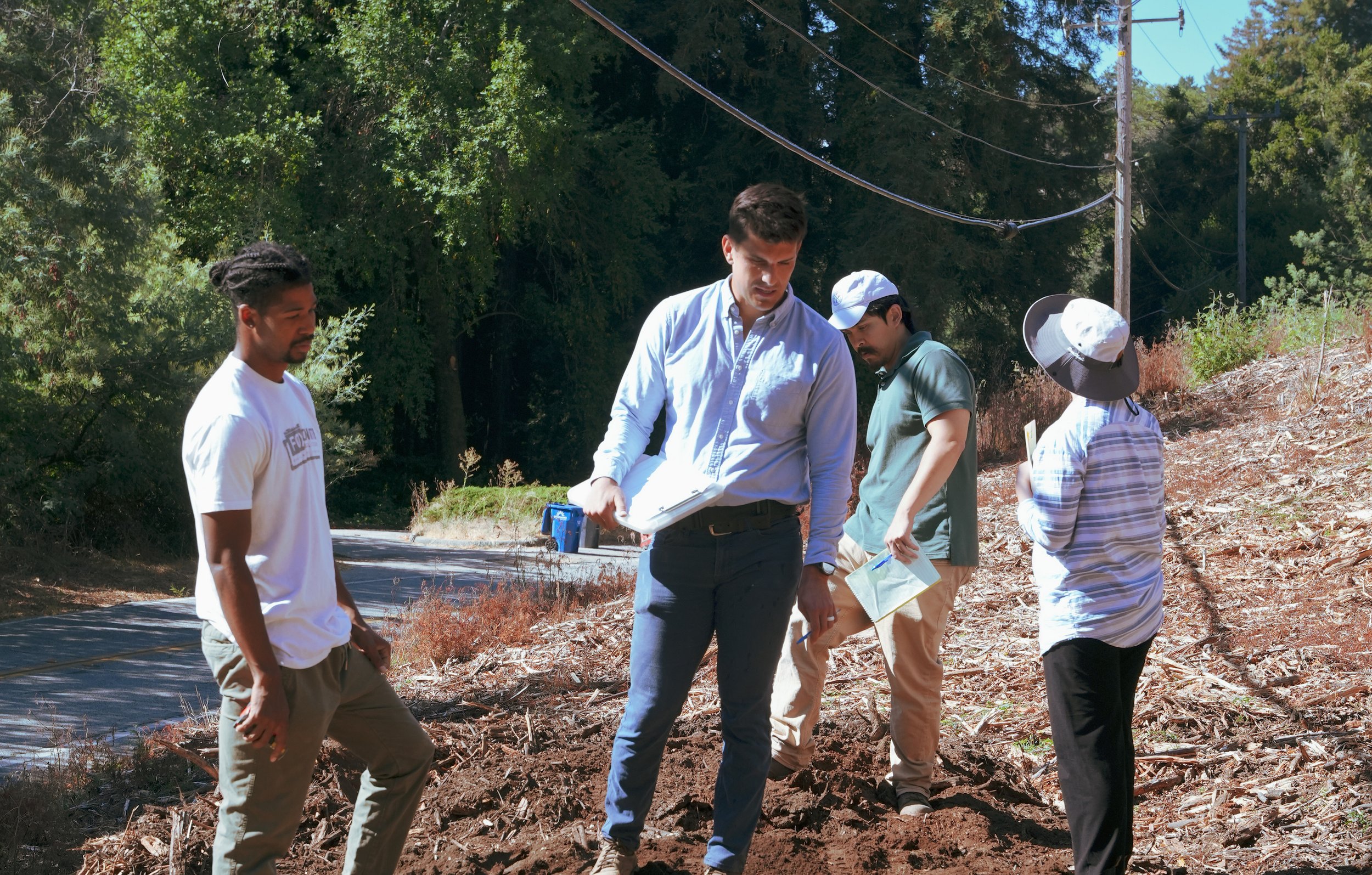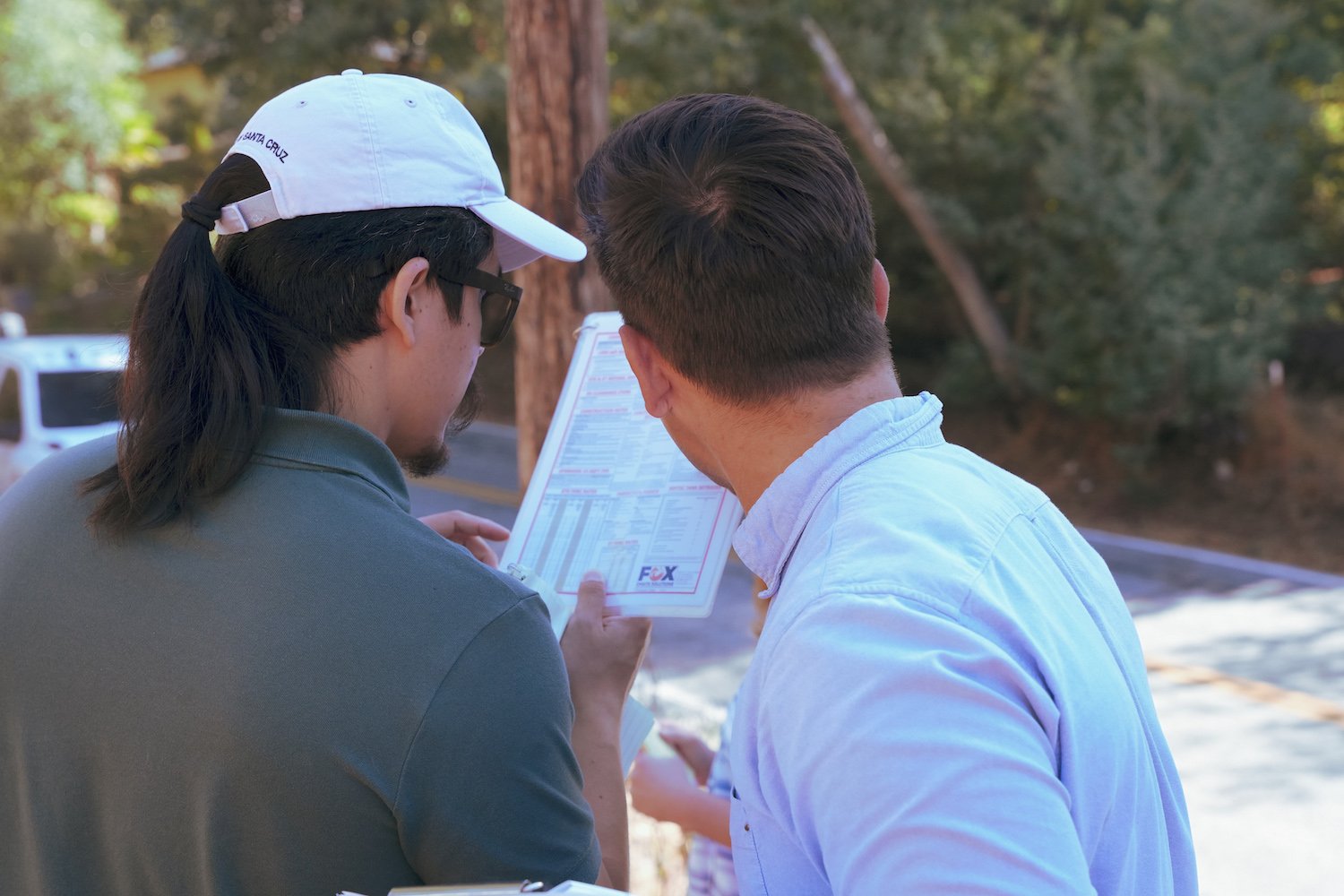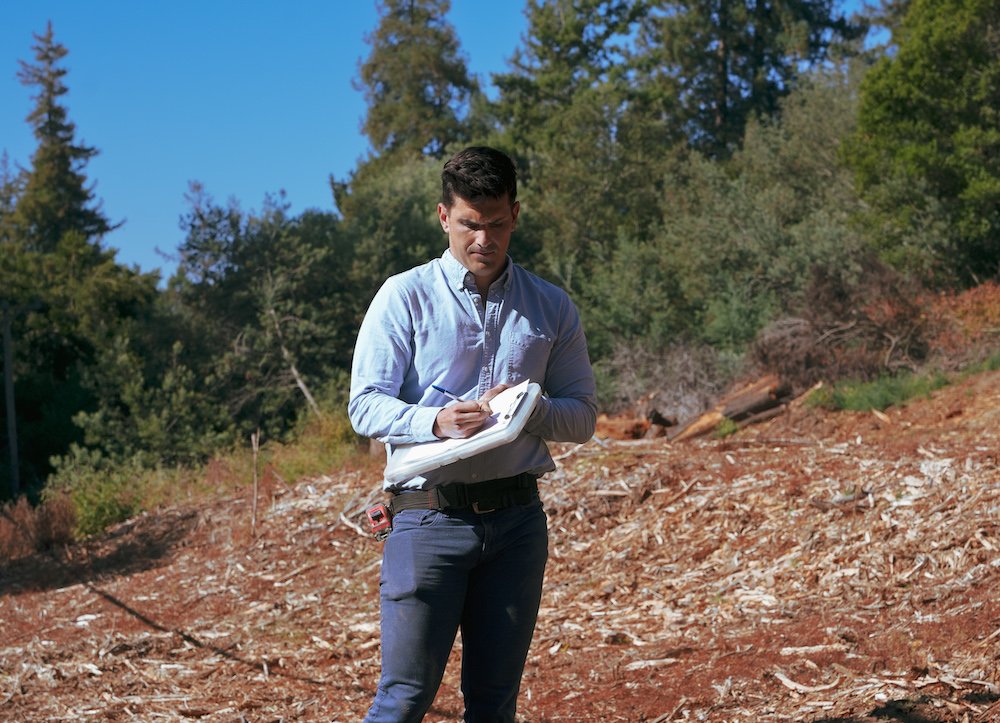
Septic System Services That Fit Your Needs
New Builds
Discuss the feasibility of your project and how to best move forward with permitting and design.
Upgrades
Update an outdated septic system or add additional treatment options to support your expansion.
Repairs
Fix any septic systems that have worn out with time or were damaged for any reason.
Here’s How It Works:
At Fox Onsite Solutions we take a client-centered approach to simplify the permitting process.
Any septic project can be broken into two phases:
Phase 1: Testing, Design, & Permitting
Phase 2: Install & Follow Up
Phase 1: Permitting, Testing, and Design
Contact: Client contacts us with specific details about their project, including project scope (ex bedroom addition), APN, address, and any other applicable information.
1
Proposal and Parcel Feasibility: Fox Onsite Solutions with contact you with your project feasibility, and if appropriate a proposal.
2
Agree to Terms + Deposit: If the proposal is acceptable the client signs the proposal and pays the retainer/deposit. Once both are completed by the client the consultant can start work.
3
Submit Permits + Schedule Testing: Applicable permits are submitted to the local jurisdiction and soil testing (percolation test + soil profile) is scheduled with the county.
4
Soil Testing: Soil Profile + Perc Testing + Report: Soil Testing (perc test) is conducted. This typically includes a Soil profile and Percolation testing Through this testing groundwater, soil type, and a soil application rate is determined. With the data collected a report is created.
5
Gather Maps + County Records: Consultant works with owner/civil/architect/surveyor to create a plan for the parcel. Through this information and existing county parcel records a site map is created.
6
Septic System Design + Permitting: A final design is determined based on site conditions/testing results. This final design package includes a county permit application, CAD site plan, testing report, and other required documents.
7
County Design Review: County reviews project design and testing submittal (typically 2-6 weeks). Conducts independent site visit to verify sizing.
8
Plan Approval + Building Clearance: County grants approval and sends out building clearance. Allowing for the project’s building plans to be submitted.
9
Phase 2: Install and Follow Up
Permit Issued by County : Once the building plans are approved the Septic permit is issued. Now the system can be installed by an approved, certified installer.
1
Select Contractor: Owner places the project to bid and selects contractor. Specialized contractors are needed for enhanced treatment system installation. List of approved contractors are available on the county website.
2
Order parts + Schedule install: Contractor and owner order parts and schedule install. Contacting county prior to start of work with proposed start date
3
System Installation + Preconstruction Meeting(Alt): Contractor installs the system per the design specifications. County inspector oversees critical points (water tight test, septic tank, leachfield, etc.). with periodic inspections. If an enhanced treatment system is to be installed a preconstruction meeting is required.
4
As built + Final Consultant Letter(Alt): If the installed system varies from the design an “As Built” map is created to show all the component locations and important distances. If the project involves an enhanced treatment system (Alt. System) a final consultant letter is also submitted.
5
County Final: Final approval is signed off by the inspector and sent to the county so they can authorize the final occupancy of the home.
6
Services That We Provide:
How Long Does The Process Take?
Typical timeline for a septic consulting new/upgrades is 3-6 months from start to finish, dependent on multiple factors, such as weather, site demands, and county review time. Septic repairs/failures are typically 3 months shortened due to lack of planning involvement.
Further details on these factors include:
Significant county oversight and intimate local knowledge is required in order to receive the approval.
All testing is scheduled and observed by the local jurisdiction and must be done to specific standards.
If site conditions are poor, additional testing needs to be conducted, such as winter water testing, additional perc testing, and slope stability analysis.
California Groundwater regulations have become tighter and in turn, thereby, creating stricter septic regulations, making development and parcel additions uncertain.
California has required local jurisdictions to submit Local Agency Management Plan’s (LAMP). These recent requirements have brought updated regulations specific to each local jurisdiction.
Need more Onsite Wastewater Help?
Here are some other services that we offer:
Winter Water or Wet Weather Testing
-
Winter Water Testing (WWT) or Wet Weather testing is a mandated testing requirement for properties that have or shows signs of high groundwater. This testing is required to be conducted during the “rainy” season following a specific amount of rainfall typically from Dec-March.
-
Generally 1.5-2.5 days consulting time
Septic Feasibility/Site Visit Consultation
-
Fox Onsite staff meet with owners onsite to determine the project feasibility in regards to septic. This is typically followed up with a detailed email summary of the parcel’s options.
-
We offer $300 1 hour site visits that then can be credited to you design fee.
Real Estate Sale + Point Of Sale Inspection
-
In certain jurisdictions, septic systems are required to be inspected during a real estate sale. These are particularly important in environmentally sensitive areas and tight lots. We provide a comprehensive report about the existing system and feasibility of future permit-qualifying upgrade options.
-
Report billed at hourly consulting rate.
FAQ’s
-
A septic system is used to treat and disperse of the sewage generated on the site.
The typical process of a septic system is as follows: All of the sewage from the building flows into a septic tank. Some treatment occurs within the septic tank, then the cleaner water (referred to as effluent) flows to a leach field. The effluent then disperses into the ground where final treatment and entrance back into the environment occurs.
-
The type of septic system that works best for you depends on a variety of factors, including lot size, ground slope, soil conditions, size of the property, regulations, and budget. We specialize in designing systems that meet California’s complicated and strict local regulations. We can help you get a better understanding of the system that works best for your situation.
-
Installing a septic system generally costs anywhere from $30,000 - $90,000 for the “all-in” project, including permits, consulting, parts, and install. Consulting with both testing and design typically ranges from 6-15k. Please contact us directly and we can give you a more accurate quote.
-
County permits are typically paid to the county online by the owner. Fox Onsite can remove the hassle for owners by paying permits for a 10% convenience fee.










